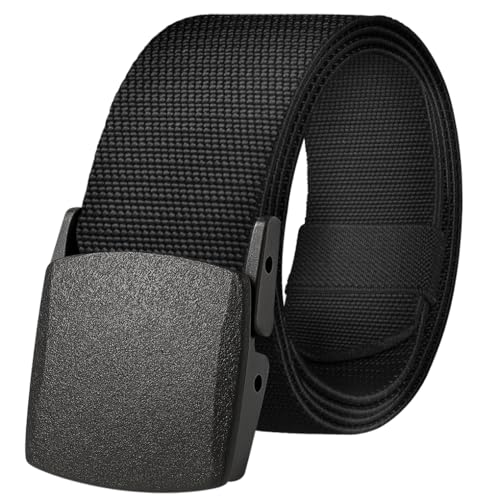Belt Size Selector
Your Recommended Belt Size:
Looking for the perfect fit? Check Out These Best-Selling Belt.

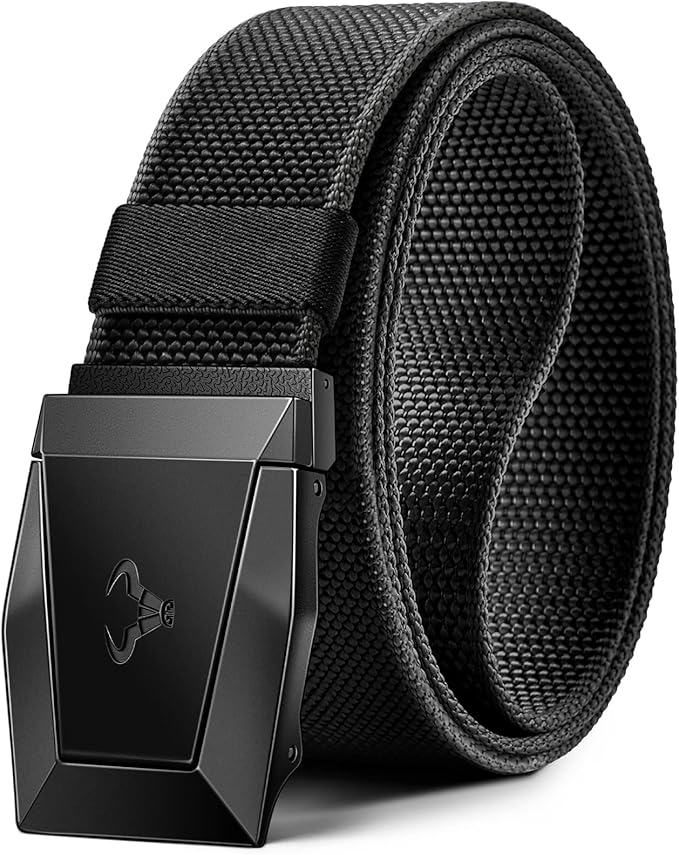
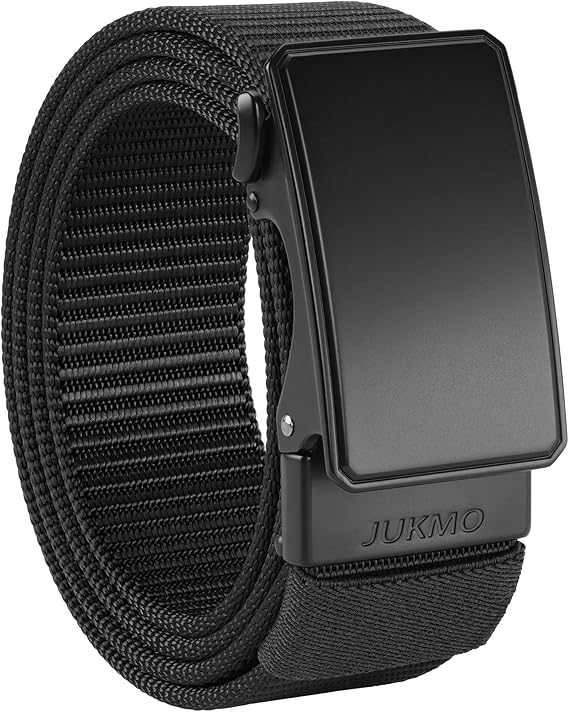
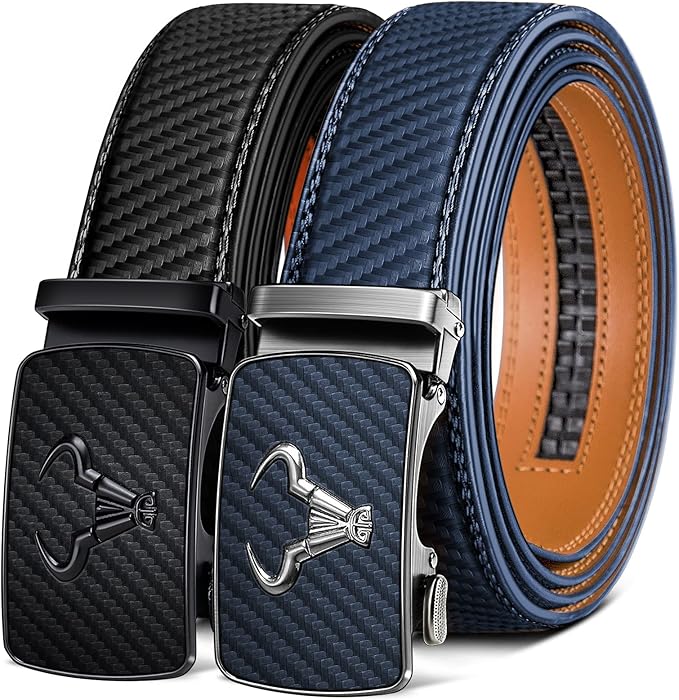

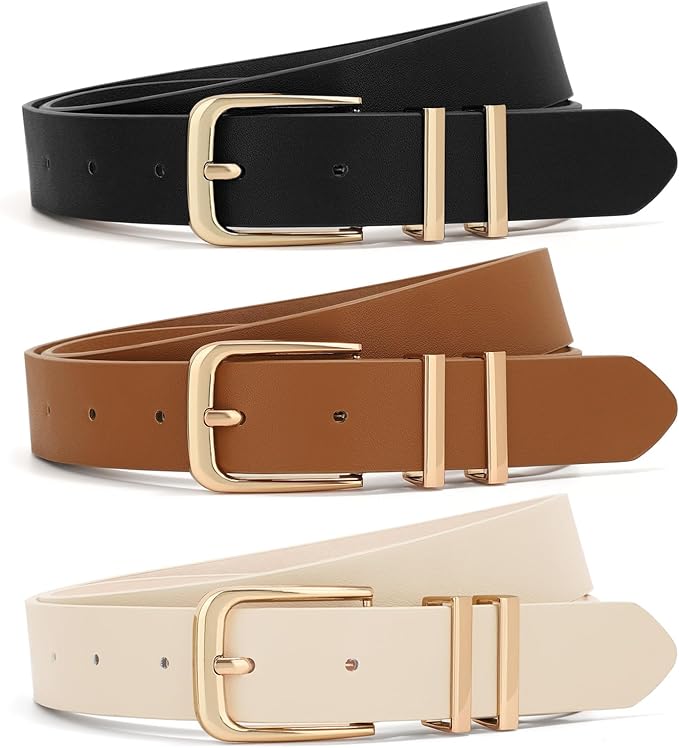
How It Works:
- Enter Waist Size:
- The user enters their waist size in inches (e.g., 34).
- Submit:
- Upon clicking the "Get Belt Size" button, the tool calculates and shows the correct belt size in US, EU, and UK measurements.
- Result Display:
- The tool shows the corresponding belt size for the selected waist size.
Example:
If a user inputs 34 inches as their waist size, the result would show:
- US Belt Size: 34 inches
- EU Belt Size: 85 cm
- UK Belt Size: 85 cm
A Belt Size Chart is essential for helping customers find the right belt size that fits comfortably around their waist or hips. Unlike clothing sizes, belt sizes are usually determined by waist measurements, so it is important to know how to measure your waist correctly.
The size of the belt corresponds to the waist size of the person wearing it, but it also depends on how the belt will be worn (e.g., with trousers, jeans, or as a fashion accessory). Here’s a detailed guide to understanding belt sizes and how to use a belt size chart effectively.
Belt Size Chart:
The most common system for sizing belts is based on the measurement of the waistline (in inches). Some brands might also offer sizes in centimeters or use "S", "M", "L" sizing, but the chart below will use inches as the standard.
| Waist Size (in inches) | Belt Size (in inches) | Belt Size (in cm) | US Men's Belt Size | EU Belt Size | UK Belt Size |
|---|---|---|---|---|---|
| 28-30 inches | 30 | 76 | Small (S) | 75 | 75 |
| 30-32 inches | 32 | 81 | Small (S) | 80 | 80 |
| 32-34 inches | 34 | 86 | Medium (M) | 85 | 85 |
| 34-36 inches | 36 | 91 | Medium (M) | 90 | 90 |
| 36-38 inches | 38 | 97 | Large (L) | 95 | 95 |
| 38-40 inches | 40 | 102 | Large (L) | 100 | 100 |
| 40-42 inches | 42 | 107 | Extra Large (XL) | 105 | 105 |
| 42-44 inches | 44 | 112 | Extra Large (XL) | 110 | 110 |
| 44-46 inches | 46 | 117 | XX-Large (XXL) | 115 | 115 |
How to Measure for the Right Belt Size:
- Waist Measurement:
- To determine the correct belt size, measure your waist where you plan to wear the belt (usually at the level of your hips or the top of your pants).
- Use a soft measuring tape to get an accurate measurement around the waistline, just like you would for pants sizing.
- Note: The waist size measurement is typically 1-2 inches smaller than your actual waist measurement for a belt because the belt is worn around the top of the waistline.
- Belt Size Formula:
- Belt Size = Waist Measurement + 2 inches.
- For example, if your waist size is 34 inches, your ideal belt size is 36 inches.
- If you are between sizes (e.g., 35 inches), it is often recommended to choose the next belt size (e.g., 36 inches).
- Belt Size = Waist Measurement + 2 inches.
- Belt Sizing for Jeans vs. Pants:
- For jeans or low-rise pants, you might need to consider buying a belt that is 1-2 sizes larger than your actual waist size. This ensures the belt fits comfortably over your jeans or casual pants.
- For formal trousers or business attire, you’ll likely need a belt that is exactly the size of your waist measurement.
- Fit Considerations:
- Belt Length: The best-fitting belt should have the hole in the middle of the belt positioned at the center of your waistline. This allows for a little adjustment, both up and down.
- Ideally, the belt should be 1-2 inches longer than your waist measurement to allow enough room to buckle comfortably without excess length hanging out.
Common Belt Sizes (US, UK, EU):
- US Men's Belt Size: Sizing often follows "Small," "Medium," "Large," and "Extra Large" labels in addition to waist measurement-based sizes.
- EU Belt Size: EU sizes correspond more closely to your waist measurement in centimeters.
- UK Belt Size: The UK belt size is typically the same as the US size, though it may vary slightly depending on the brand.
Types of Belts and Their Recommended Sizes:
- Casual Belts (Jeans or Denim Belts):
- Casual belts, typically worn with jeans or casual pants, may require a slightly longer belt. If you wear your jeans lower on your hips, you might want a belt that is 2 inches larger than your waist measurement.
- Dress Belts (Formal or Business Belts):
- For formal occasions or business attire, a belt should be the exact size of your waist measurement. Dress belts often feature finer materials, like leather, and should be worn at the waist level, not the hips.
- Western or Utility Belts:
- For utility or western-style belts (which can be worn with casual clothing), choose a size that is 1-2 sizes larger than your regular waist measurement for a comfortable fit.
Example of Using the Belt Size Chart:
Let's say your waist measures 34 inches. According to the chart:
- You would choose a 34-inch belt (for dress pants or formal wear).
- For jeans or casual pants, you might want to choose a 36-inch belt (1-2 inches larger).
If you are between sizes (e.g., 35 inches), it's typically safer to go with the 36-inch belt.
Belt Size Chart for Women:
Women’s belts are typically sized similarly, with waist measurements or "small," "medium," and "large" sizes used. However, women's belts may be narrower or come in different styles, so always check the style and design before purchasing.
| Waist Size (in inches) | Belt Size (in inches) | US Women's Belt Size |
|---|---|---|
| 24-26 inches | 26 | XS (Extra Small) |
| 26-28 inches | 28 | Small (S) |
| 28-30 inches | 30 | Medium (M) |
| 30-32 inches | 32 | Large (L) |
| 32-34 inches | 34 | Large (L) |
| 34-36 inches | 36 | Extra Large (XL) |
Additional Tips:
- Consider the Material: The material of the belt can also impact sizing. For example, leather belts are less flexible than fabric or woven belts, and they may feel tighter. Always consider the type of belt when selecting a size.
- Multiple Holes: Most belts have at least 5 holes, giving you flexibility with sizing. Make sure the belt fits the middle hole comfortably for the best fit.
FAQs About Belt Size Selector
1. What is a Belt Size Selector?
A belt size selector is a tool (online or manual) that helps you determine the correct belt size based on your waist size, pant size, or measurements in inches or centimeters.
2. How do I know my belt size?
A good rule of thumb is to choose a belt that is 1–2 inches (or 3–5 cm) larger than your pant waist size.
Example: If your pant size is 34", your belt size should be 36".
3. What measurements do I need to use the selector?
Most belt size selectors ask for:
- Waist size (in inches or cm)
- Pant size (optional)
- Measurement around the area where you wear your belt
4. Is belt size the same as pant size?
Not exactly. Belts typically need to be longer than your pant waist to fasten comfortably. That’s why most size guides recommend adding 1–2 inches.
5. Do belt sizes differ between men and women?
Yes. Men’s belts are usually sized by inches, while women’s belts may use alpha sizes (S, M, L) or standard EU/US clothing sizes. Use a gender-specific chart when available.
6. What if I'm between two belt sizes?
If you’re between sizes, it’s usually best to size up for a more comfortable fit and room for adjustment.
7. How do I measure my waist for a belt?
Use a soft measuring tape and measure around your waist where the belt will sit (not necessarily where your pants sit). Make sure it’s snug but not tight.
8. Are belt sizes standardized across brands?
No. Belt sizing can vary slightly between brands, materials, and styles. Always check the brand-specific size chart if available.
9. Do different belt styles affect sizing?
Yes. Formal belts are typically worn at the waist and follow standard sizing. Casual or hip belts may be worn lower, so you might need a larger size.
10. Can I convert international belt sizes (US, EU, UK)?
Yes. A belt size selector often includes international conversions.
Example:
- US 34" = EU 85–90 cm
- US 36" = EU 90–95 cm
11. What size belt do I need if I wear high-waisted or low-rise pants?
Measure the actual area where the belt will sit. High-waisted pants may require a smaller belt size; low-rise pants may require a larger one.
12. Are stretch belts sized differently?
Stretch belts often have more flexibility in sizing, but it's still best to follow the size guide or try it on when possible.
13. Where can I find a reliable belt size selector?
Reliable belt size selectors can be found on:
- Fashion retailer websites (e.g., Levi’s, H&M, ASOS)
- Belt brand websites
- E-commerce platforms with built-in size guides
Conclusion:
Using the Belt Size Chart can make purchasing belts easier by guiding you toward the correct size based on your waist measurement. Whether you're looking for a casual, dress, or specialty belt, understanding how to measure and how the size correlates to your waist size will help ensure the right fit and comfort.


